In Digital Marketing
Marketing is omnipresent. Formally or informally, people and organisations carry out a wide variety of activities, each of which can be attributed to marketing.

Management

Marketing management is the process of managerial decision-making in organisations with the aim of satisfying the needs of customers for the product on offer. Marketing management is the analysis and planning, implementation and control of various activities that are aimed at establishing, maintaining and continuously improving exchanges with customers in order to achieve specific company goals (e.g. increasing the company's market share, generating profits).
Marketing management can be described as:
- Management at different levels of the market economy;
- The purposeful coordination and shaping of all activities of a firm related to market activities at the enterprise level, at the market level and at the level of society as a whole;
- Management activities related to the implementation of planning, organization, coordination, control, audit, stimulation of all units of the marketing department (department) of the enterprise;
- A set of principles, methods, means and forms of marketing management to intensify the process of formation and reproduction of demand for goods and services, to increase profits.
Also, Marketing management is a business discipline aimed at the practical application of marketing tools, the efficient use of a firm's resources and the management of the main activities of an enterprise. The process of globalisation, the emergence of opportunities to invest in business projects outside the home country, has made international marketing a significant and integral part of the marketing strategy of enterprises. Marketing managers control the factors affecting the level, timing and composition of consumer demand.
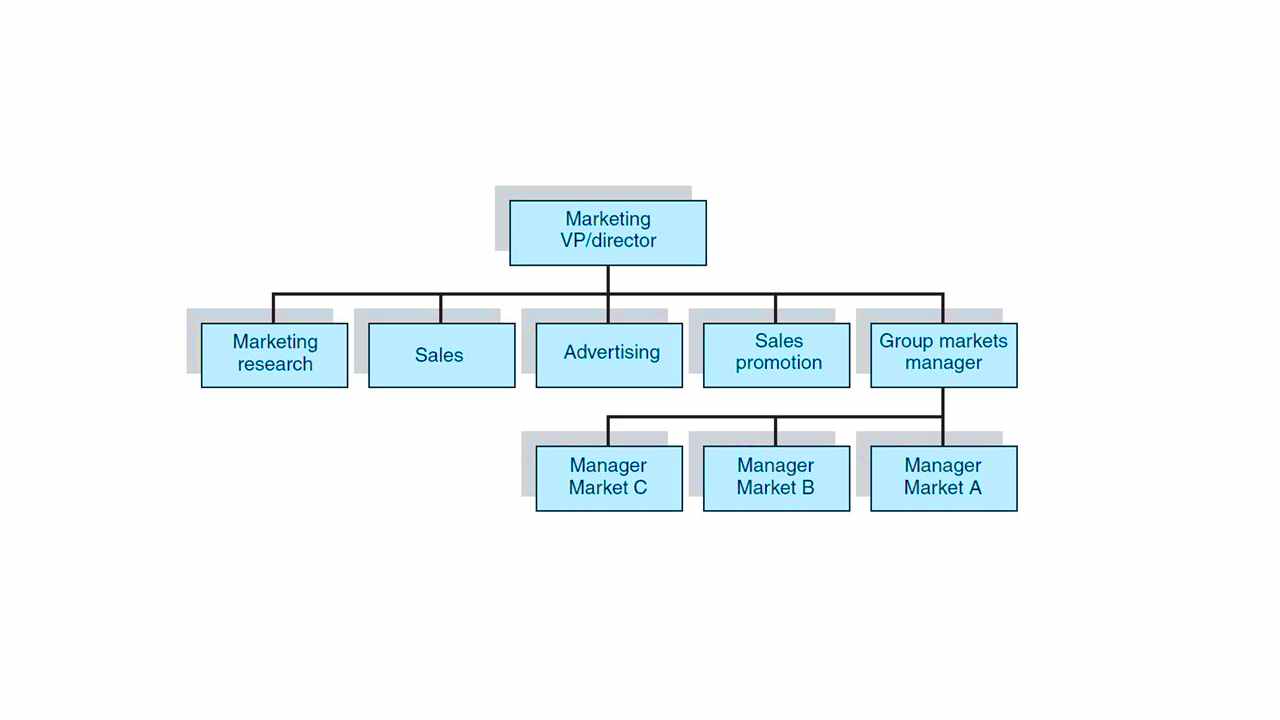
Example of Market management organizational structure
Marketing management structure
Marketing management uses the tools of economics and competitive strategy to analyse the industry context in which the firm operates. These include Porter's Five Forces Analysis, Competitor Strategic Group Analysis, Value Chain Analysis and others.
In competitor analysis, marketers construct detailed profiles of each competitor in the market, focusing on their relative competitive advantages and disadvantages, using SWOT analysis. Marketing managers examine each competitor's cost structure, profit sources, resources and competencies, competitive positioning and product differentiation, degree of vertical integration, historical responses to industry development, and other factors.
Marketing management purpose
The purpose of marketing management is to form a set of long-term and short-term (operational) management influences, marketing decisions on all units and persons interacting in the field of marketing.
The process of Marketing management can be divided into four main areas:
- Market analysis. This is the collection and evaluation of information about a company's marketing environment.
- Search and selection of target markets. Represents market segmentation, selection of target segments and positioning of a product or service in the market.
- Marketing mix development. This includes product development, pricing, choice of distribution channels and promotion of a particular product or service in the market.
- Marketing activities. This is the development of a strategy and monitoring of its implementation.
Marketing management and Marketing strategy
Two consumer segments are often targeted because they score high on two parameters:
- The segment is attractive to serve because it is large, growing, makes frequent purchases, and is not price sensitive (i.e. willing to pay high prices) or other factors.
- The company has the resources and capabilities to compete for the segment's business, can meet their needs better than competitors, and can do so profitably.
- The commonly quoted definition of marketing is simply "meeting needs profitably".
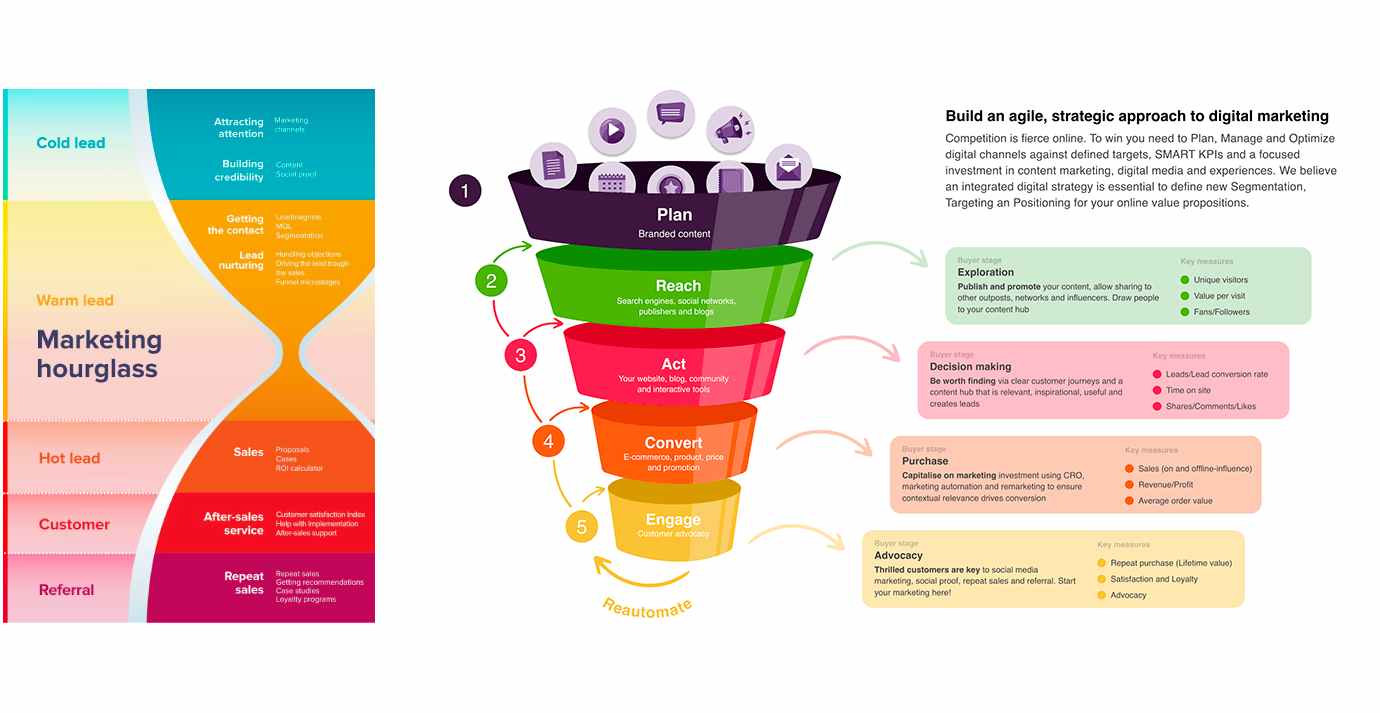
Marketing management strategy frameworks
The point of selecting target segments is that the firm will subsequently devote more resources to acquiring and retaining customers in the target segment than for other non-target customers. In some cases, a firm may go so far as to turn away customers who are not in its target segment.
In conjunction with targeting decisions, marketing managers will determine the desired position they want the company, product or brand to occupy in the minds of the target customer. This positioning is often an encapsulation of a key advantage of the products or services offered by the company that is differentiated and superior to those offered by competitive products.
Marketing management and implementation planning
If the firm has gained an adequate understanding of its customer base and its own competitive position in the industry, marketing managers can make their own key strategic decisions and develop a marketing strategy aimed at maximising the firm's revenues and profits. The chosen strategy can be aimed at achieving any of a variety of specific goals, including optimizing short-term margins, revenue growth, market share, long-term profitability, or other goals.
After defining the firm's strategic goals, selecting a target market and determining the desired positioning for the company, product or brand, marketing managers focus on how best to implement the chosen strategy. Traditionally, this has included implementation planning through the "4Ps": product management, pricing (at which price range the manufacturer positions the product, e.g. low, medium or high price), location (the place where products can be sold, this area can be local, regional, national or international) and promotion.
Taken together, a company's implementation options for all four positions are often described as a marketing mix, that is, a set of elements that a business will use to 'go to market' and implement a marketing strategy. The overall goal of the marketing mix is to consistently put forward a compelling value proposition that reinforces the chosen positioning of the firm, increases customer loyalty and brand value among target customers, and achieves the marketing and financial objectives of the firm.
In many cases, marketing management develops a marketing plan to indicate how the firm will execute its chosen strategy and achieve its business objectives. The content of marketing plans varies for each firm, but usually includes:
- Executive summary
- Situation analysis to summarise facts and ideas from market research and marketing analysis
- Company mission or long-term strategic vision
- A statement of the main objectives of the company, often subdivided into marketing objectives and financial objectives
- The marketing strategy chosen by the business, indicating target segments and competitive positioning
- Implementation options for each element of the marketing mix (4Ps)
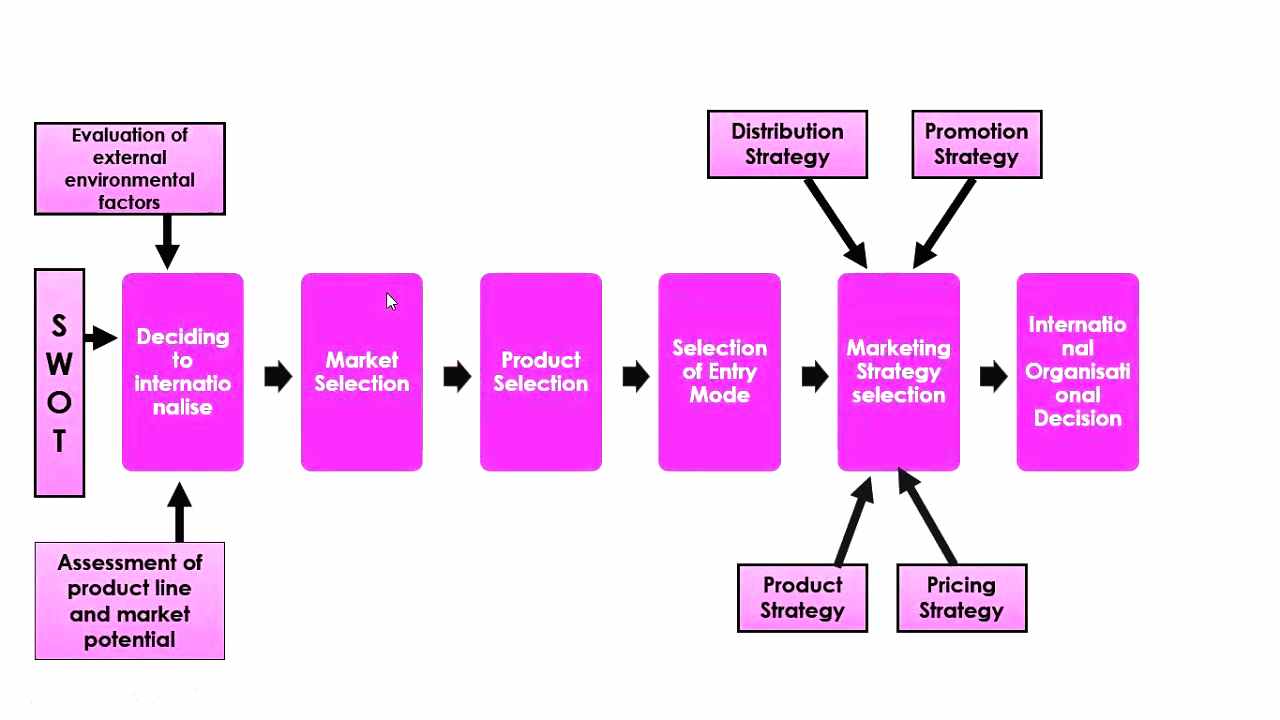
International Marketing management process
International marketing management
The globalisation of the economy has led some firms to market outside their home countries, making international marketing part of the marketing strategy of these firms. Marketing managers are often responsible for influencing the level, timing and structure of customer demand. This is due in part to the fact that the role of the marketing manager can vary considerably depending on the size of the business, the corporate culture and the industrial context. In small and medium-sized enterprises, for example, the marketing manager may be involved in both management and marketing operations for the company's brands. In a large consumer goods company, the marketing manager may act as the overall general manager of the product assigned to him or her. To create an effective, cost-effective marketing management strategy, firms must have a detailed, objective understanding of their business and the market in which they operate. In analysing these issues, the discipline of marketing management often overlaps with the related discipline of strategic planning.
Marketing management by Philip Kotler: key ideas
Marketing is about identifying and meeting human and societal needs. "Marketing" is the profitable satisfaction of needs.
Transaction and transfer are different things. A transfer does not provide either party with anything.
Rules of radical marketing
- Marketing activities should be led by the director of the organisation.
- Treat the results of market research with caution
- Create a community of consumers.
- Be true to the brand ideals.
With the advent of digital technology and the new century, the market has changed. Here are the keywords: globalisation, privatisation, customisation, industry convergence, increased competition, unmediation.
The basic tenets of the marketing concept were shaped in the 1950s. From a commodity-oriented philosophy of "produce and sell" became "understand and respond". It is no longer about finding the customer, but about satisfying their needs.
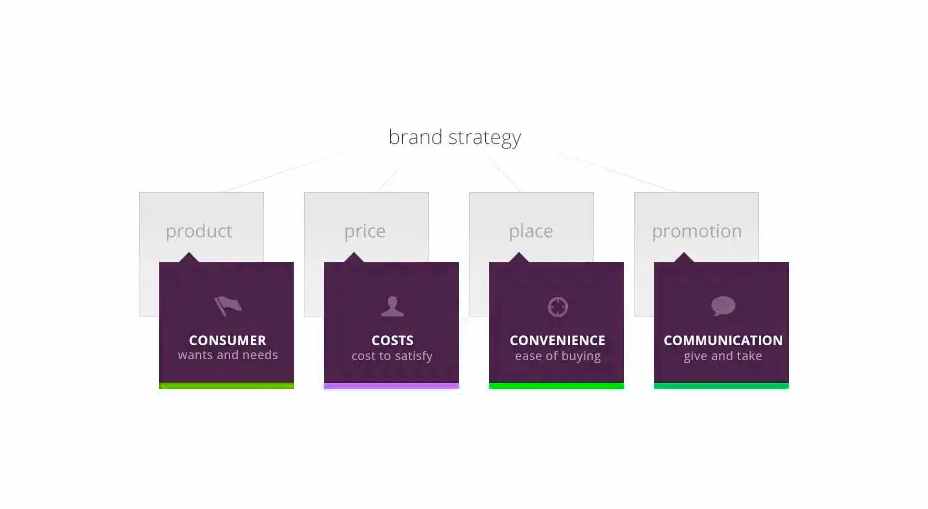
Marketing management: 4P and 4C
The four R's and four S's
Robert Lauterborn suggests that the four Rs of the seller correspond to the four Ss of the buyer.
- Product -> Customer Solution
- Price -> Customer Cost
- Place -> Convenience
- Promotion -> Communications
One part of holistic marketing is internal marketing - ensuring that the proper marketing principles are adopted by everyone in the organisation, and especially by senior management.
A marketer's checklist
The questions that every marketer needs to find answers to:
- How to correctly identify and select the target market segment to be served by the campaign?
- How to make an offer different from those of competitors?
- What to do when customers are only interested in a low price?
- What can be countered by competitors who focus on lower prices?
- How far should you go in adapting your offer to the requirements of individual buyers?
- What are the key areas of business expansion?
- How do you build a strong brand name?
- How can I reduce my cost of acquiring customers?
- How can I build customer loyalty over the long term?
- How can I identify the value of each customer?
- How can I measure the effectiveness of advertising, promotions and public relations?
- How can I improve the productivity of my workforce?
- How can I manage multiple distribution channels while avoiding conflicts between them?
- How do you make your business units more customer-focused?
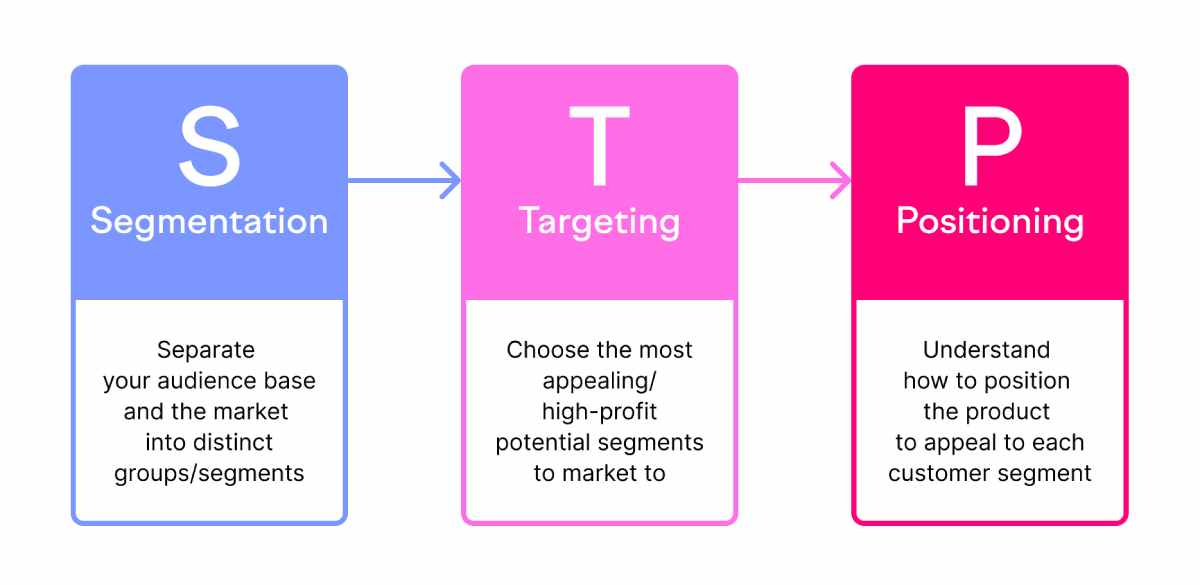
Marketing management: STP model
Positioning and segmentation
Marketers define profiles of different customer groups with similar requirements for goods and services. The identification of market segments is based on the identification of demographic, psychographic and behavioural characteristics of buyers. ... The company develops a market offer for each selected target market. The offer is positioned in the minds of the target buyers as a source of some important benefit or benefit.
About planning
In practice marketing is a logically connected process. Marketing planning consists of analysing marketing opportunities, selecting target markets, developing marketing strategies and marketing programmes, and managing marketing efforts.

